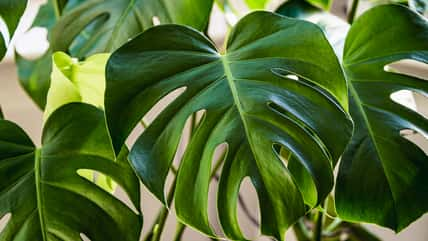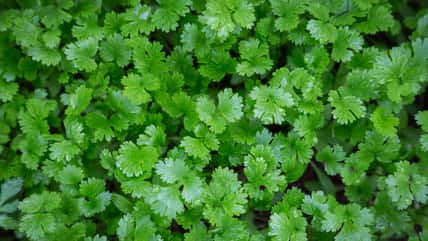Here Are The Best Tree Types And Times Of Year For Planting Depending On Your U.S. Region, As Well As Some Tried And True Tips For Giving Your Saplings A Strong Start

Planting a tree is more than just a fun weekend project– it’s an investment in both your home’s future landscape and the environment. But, the success of this journey will largely hinge on timing.
Like picking the right moment to make a grand entrance at a party, planting your tree at the right time of year will ensure it has the best chance to settle in, grow strong, and flourish.
So, here’s everything you need to know about the “when and why” of tree planting in each major U.S. region, as well as some tried and true tips for giving your new trees a strong start on your property.
Timing Is Everything
It cannot be overstated enough how important timing is when it comes to tree planting, with spring and fall being the “Goldilocks zones.”
These seasons offer the moderate temperatures and beneficial moisture that new trees need to establish their roots in a new environment.
This strategic timing provides a stable foundation for growth, sidestepping the extreme heat of summer and the frost of winter.
Regional Tree Recommendations
First up is the Northeast, where the cool climate favors more hardy trees like Maples and Dogwoods, which bring vibrant colors and life to the landscape.

New Africa – stock.adobe.com – illustrative purposes only, not the actual person
Then, the Midwest’s fluctuating weather is ideal for Oaks and Birches. These trees are known for their strength and beauty.
The warm Southern states, on the other hand, are perfect for Magnolias and Crepe Myrtles, which thrive in the heat and add charm with their blooms.
Lastly, out West, Douglas Firs and Pines relish the varied climates– from coastal breezes to mountain air– creating lush, evergreen landscapes.
Optimal Planting Seasons
Now, when it comes to planting deciduous trees, fall is the prime time. This season allows them to establish their root system in cooler temperatures, setting a strong foundation before the spring season.
But, for evergreen trees, spring is actually much more beneficial. This season helps them acclimate to their new environment after the winter frost and before the summer heat sets in.
Tips For Planting Success
Once you’ve selected the right tree for your property and are ready to get your hands dirty, you’ll have to pick the right location– which is crucial.
You should ensure there is enough space for the tree’s mature size, avoiding areas near buildings, power lines, or underground utilities.
Then, dig a hole that’s twice as wide as the root ball but only as deep, using rich, well-draining soil to encourage healthy growth.
Afterward, applying a layer of mulch around the tree can help retain moisture, regulate soil temperature, and suppress weed growth. Just be sure to keep the mulch away from the trunk.
When it comes to care requirements, deep, infrequent watering promotes the development of deep roots. This is critical for the tree’s stability and access to nutrients.
Finally, staking young trees can also provide necessary support, promoting strong trunk development.
Sign up for Chip Chick’s newsletter and get stories like this delivered to your inbox.
More About:Gardening





